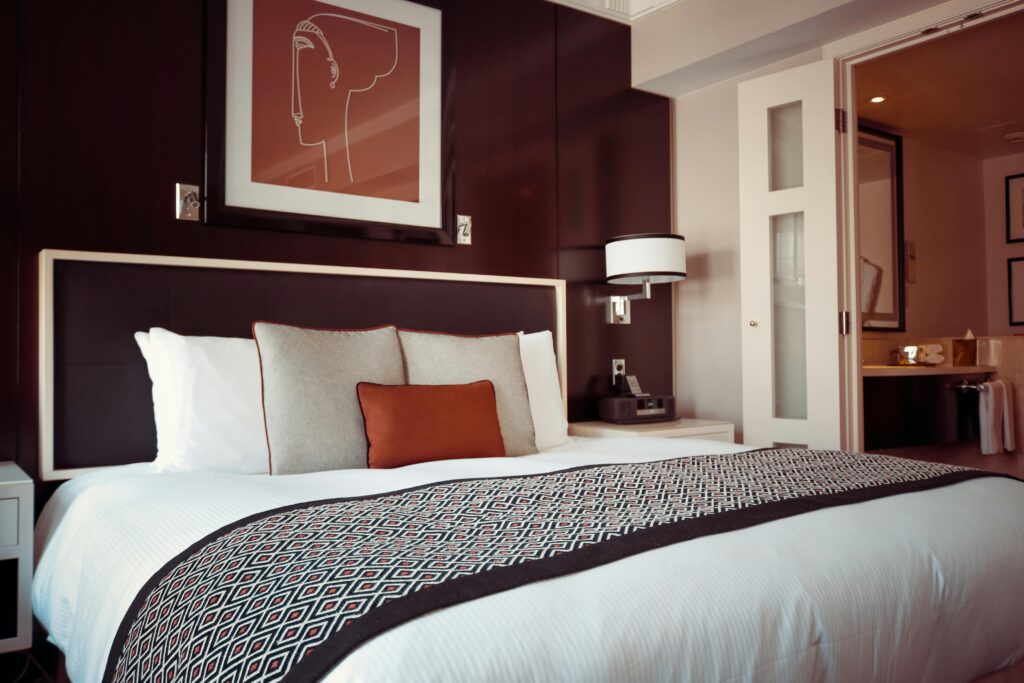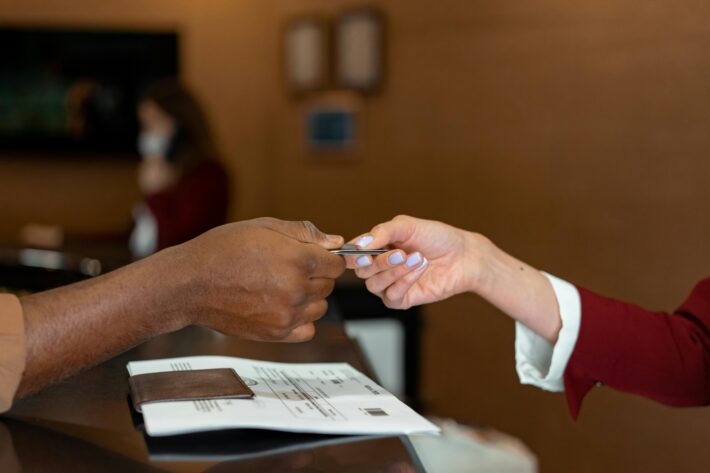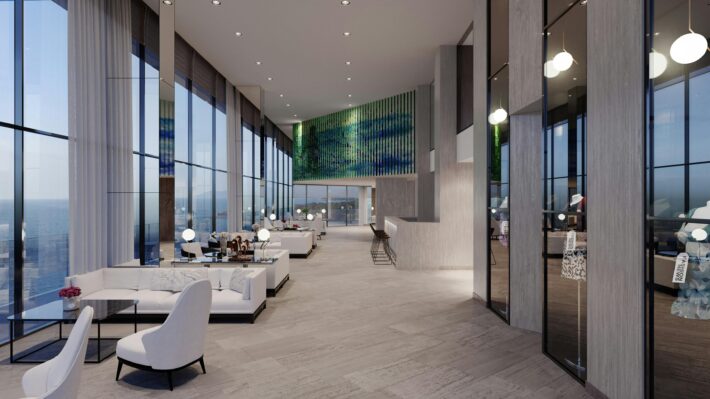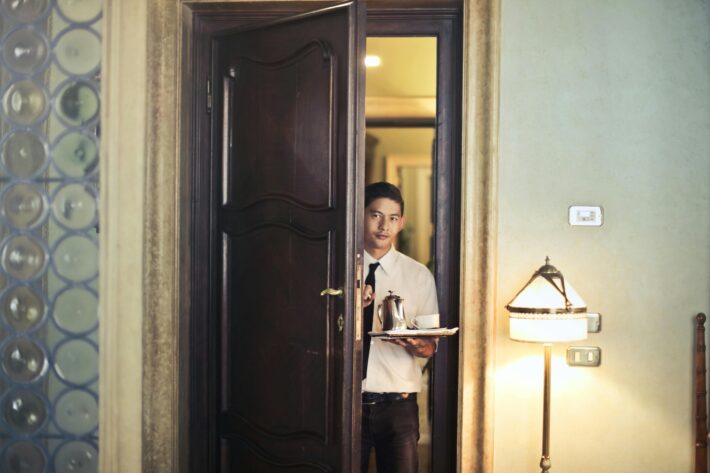How Workflow Automation Saves Time for Hotel Managers

Introduction
In the fast-paced world of hospitality, where guest experience is paramount, the pressure on hotel managers is relentless. Managing a hotel involves juggling numerous tasks, from optimizing room occupancy and ensuring guest satisfaction to supervising staff and maintaining facilities. With such a vast array of responsibilities, time becomes a precious commodity. This is where the concept of automation in hospitality emerges as a game-changer.
Imagine a bustling hotel lobby on a Friday evening, filled with guests checking in and out, dining at the restaurant, and others attending events. Amid this whirlwind, hotel staff must provide seamless service while navigating complex logistical challenges. Automation can streamline these tasks, allowing managers to focus on enhancing guest experiences rather than drowning in administrative duties.
Consider a real-world example: a mid-sized hotel in Florida introduced automation in its operations by implementing a property management system (PMS) that integrates booking, billing, and communication tools. As a result, the hotel saw a 30% reduction in check-in time and a significant uptick in positive guest feedback, demonstrating how strategic automation can lead to not just time savings but also improved service quality.
This blog post will delve into how automation in hospitality can save time for hotel managers, explore key strategies for implementation, discuss best practices, and provide real-world case studies that highlight successes and challenges in this evolving landscape.
Key Strategies for Automation in Hospitality
1. Implementing a Property Management System (PMS)
One of the most significant advancements in automation in hospitality is the integration of a Property Management System (PMS). A PMS is a comprehensive software solution that streamlines various hotel operations, including reservations, front desk activities, billing, and housekeeping management.
#### What it is and Why it Matters
A PMS acts as the central hub for hotel management, allowing for real-time data access and updates. This integration is crucial because it minimizes the risk of human error, enhances operational efficiency, and significantly reduces the time spent on repetitive tasks.
#### How to Implement a PMS
1. Conduct Research: Identify the needs of your hotel by evaluating current operational challenges and inefficiencies.
2. Choose the Right Software: Select a PMS that aligns with your hotel size and service offerings. Some popular options include Opera, Cloudbeds, and eZee FrontDesk.
3. Train Your Staff: Invest time in training staff members to familiarize them with the new system to maximize its potential.
4. Integrate with Other Systems: Ensure your PMS can communicate with other tools used in the hotel, such as point-of-sale systems and revenue management software.
#### Real-World Example
Take the case of the Hilton Group, which adopted an advanced PMS that allowed for enhanced data analytics and operational insights. The transition enabled them to reduce the time spent on check-in and check-out processes by 50%, allowing staff to focus more on customer engagement and service quality.
#### Key Benefits
- Real-Time Updates: Data is updated instantly, reducing discrepancies.
- Enhanced Guest Experience: Quicker check-ins lead to happier guests.
- Operational Efficiency: Automating billing and invoicing reduces manual workload.
- Inventory Management: Easier tracking of room availability and inventory.
- Reporting and Analytics: Generates valuable insights for decision-making.
For more information on the importance of PMS in hospitality, check out this comprehensive guide from Hotelogix.
2. Automating Guest Communication
Another significant area where automation can drastically improve efficiency is in guest communication. Automated messaging tools can manage pre-arrival, in-stay, and post-departure communications, ensuring guests feel engaged and informed throughout their stay.
#### Industry Use Cases
Hotels can leverage automated emails or SMS to send booking confirmations, check-in instructions, and personalized offers. This type of automation not only saves time for hotel staff but also enhances the guest experience by providing timely and relevant information.
#### Step-by-Step Implementation
1. Select Communication Tools: Choose software that supports SMS, email, and app-based messaging.
2. Segment Your Audience: Identify different guest segments (business, leisure, group) to tailor communications.
3. Create Templates: Develop templates for common messages such as confirmations, reminders, and feedback requests.
4. Set Triggers: Establish triggers based on guest actions (e.g., booking confirmation should trigger a welcome email).
5. Monitor and Optimize: Regularly review communication metrics to improve response rates and engagement.
#### Actionable Takeaways
1. Utilize Chatbots: Implement chatbots on your website or app to answer common guest inquiries 24/7.
2. Feedback Collection: Automate post-stay surveys to gather guest feedback without additional effort from staff.
3. Personalization: Use guest data to personalize communications, such as birthday greetings or special offers during anniversaries.
A study conducted by Hospitality Net found that hotels employing automated communication systems witnessed a 25% increase in guest satisfaction scores.
Best Practices for Automation in Hospitality
Key Actionable Tips
1. Start Small and Scale: Begin with one area of automation, such as guest communication, before expanding to other operational facets. This gradual approach allows staff to adapt without feeling overwhelmed.
2. Involve Your Team: Encourage staff participation in the automation process. Their insights and feedback can help identify the most pressing needs and ensure smoother implementation.
3. Regularly Evaluate Performance: Set benchmarks and utilize analytics tools to measure the effectiveness of automated systems. This will help you understand what works and what needs adjustment.
Common Mistakes to Avoid
1. Neglecting Staff Training: Implementing automated systems without adequate training can lead to frustration and errors, negating the time-saving benefits. Always prioritize comprehensive training sessions for all staff members.
2. Over-Automating: While automation can significantly enhance efficiency, over-reliance on technology can lead to a lack of personal touch, which is critical in hospitality. Strive for a balance between automation and personal interaction to maintain guest satisfaction.
Real-World Case Studies
Case Study 1: Successful Implementation
A boutique hotel in New York implemented a comprehensive automation strategy that included a PMS, automated guest communication, and a self-service kiosk for check-ins. The result? They reduced average check-in times from 15 minutes to just 3 minutes, freeing staff to focus on enhancing the guest experience. The hotel reported a 40% increase in positive online reviews following the changes.
Case Study 2: Challenges Faced
Conversely, a resort in California attempted to automate its operations without sufficient staff training. The new system resulted in confusion and longer check-in times, leading to disgruntled guests. After recognizing the issue, the management invested in training and phased the automation process, ultimately improving both operational efficiency and guest satisfaction.
Conclusion
As the hospitality landscape continues to evolve, embracing automation in hospitality becomes essential for hotel managers looking to save time and enhance guest experiences. Implementing a Property Management System and automating guest communication are just two of the many strategies that can lead to significant improvements in operational efficiency.
By adopting best practices and learning from real-world case studies, hotel managers can navigate the complexities of automation successfully. Ultimately, the goal is to create an environment where staff can focus on delivering exceptional service, leaving behind tedious tasks to technology.
For more insights, check out our blog or contact us for expert guidance.


